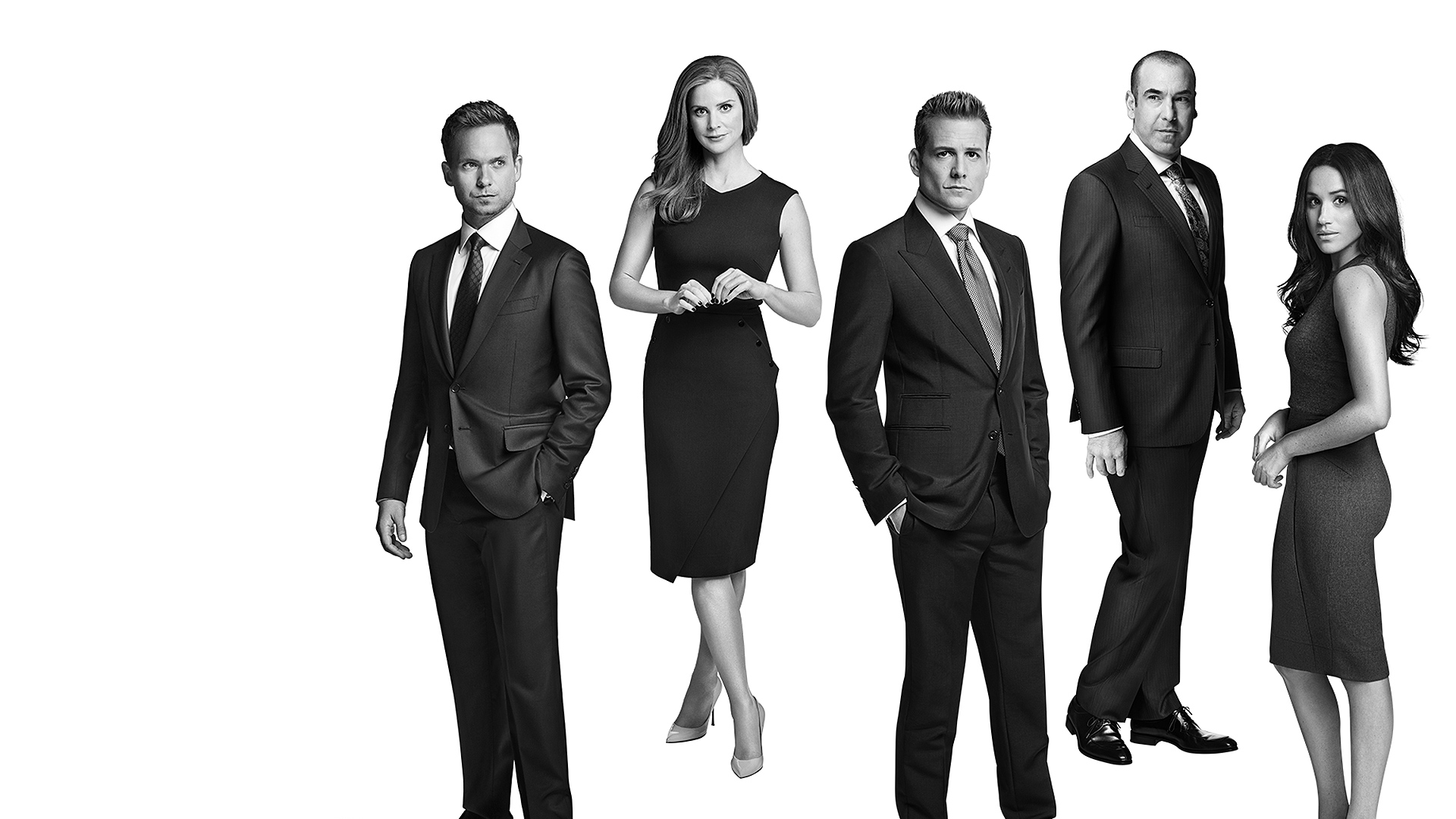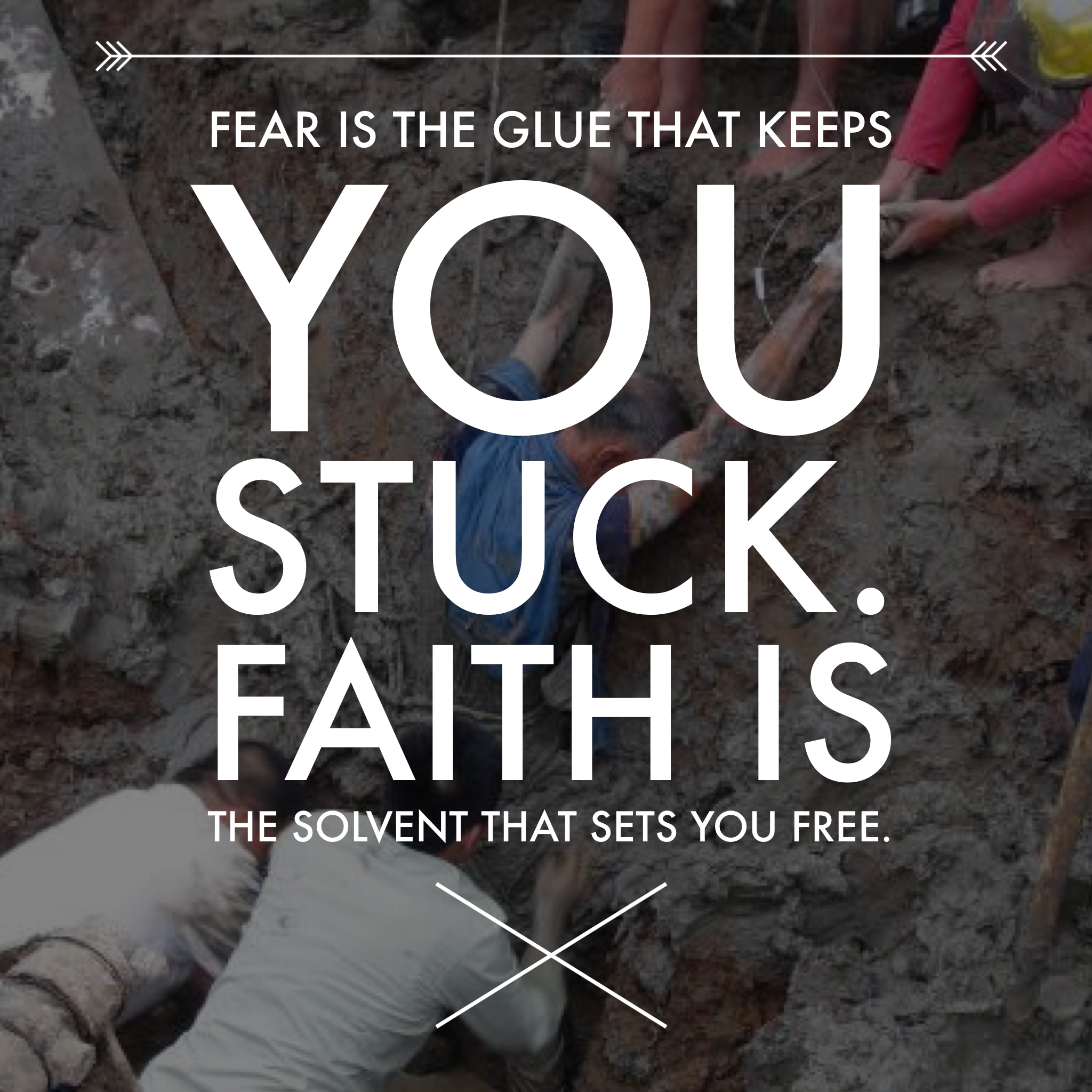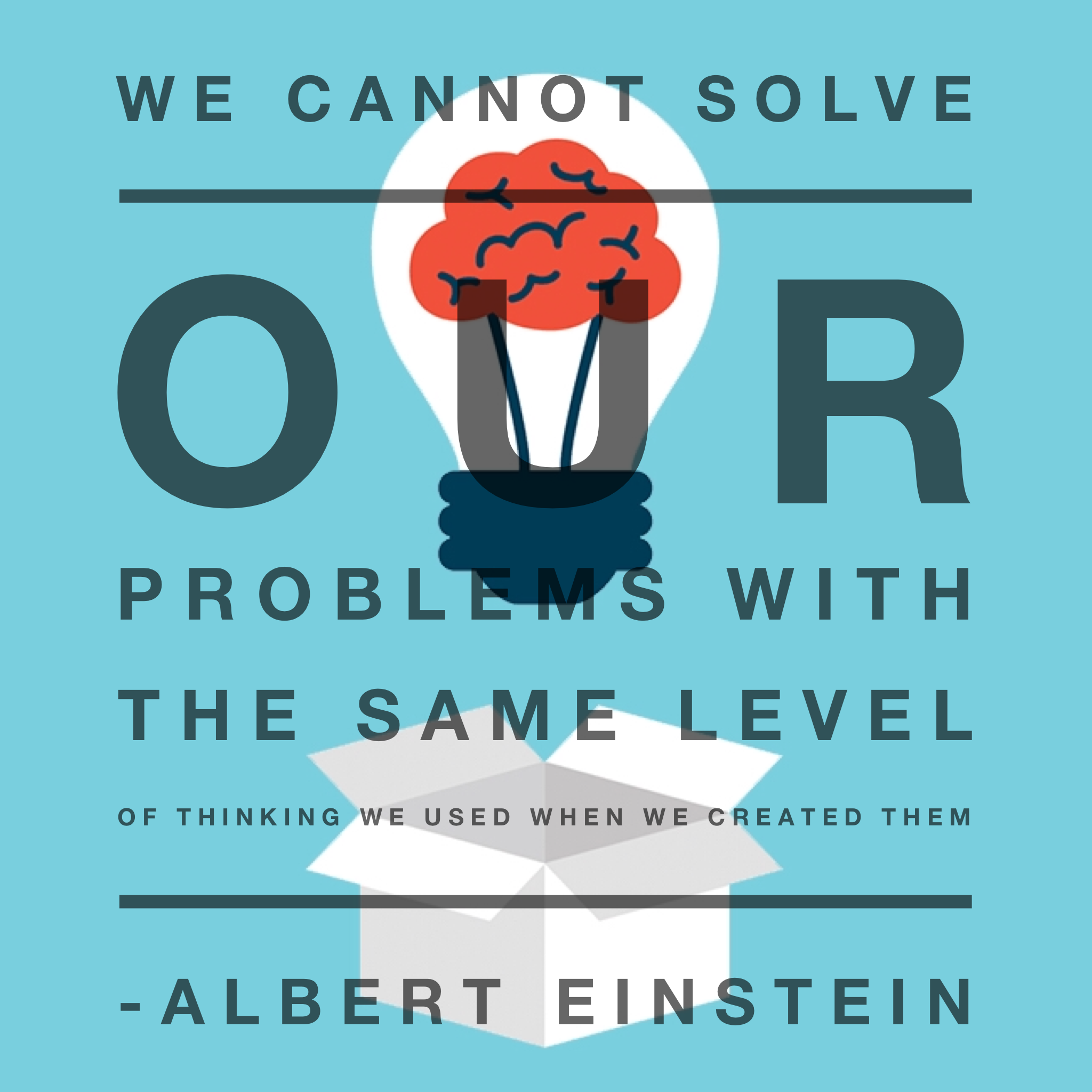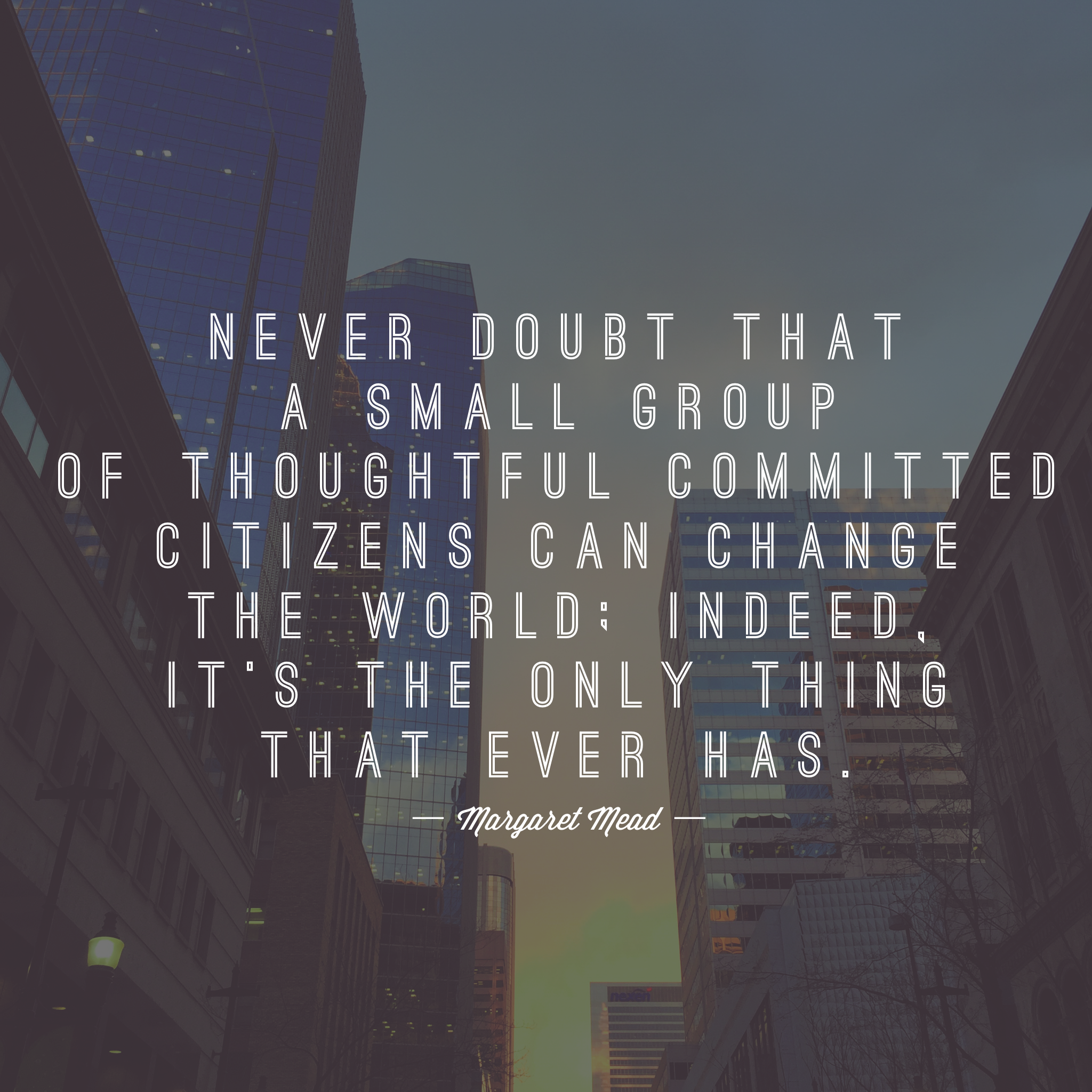Effective Leaders generate ACTION. You can measure effective leadership by the quality of action generated to produce specific results. So, when a company, team or organization is not achieving its goals, fulfilling its promises or producing results, I assert that it’s a lack of leadership due to its inability to generate ACTION! Absent conscious action, we find leaders reacting, or engaged in a analyzing why there’s not action: lots of activity but no action and few results. Indeed, most find themselves stuck and do not know it.
What causes Leaders to be stuck?
Leaders get stuck when they move from being empowered to being entitled. In fact, we say they’ve become a VERB. Listen carefully; it is easy to hear a VERB.
Example:
I arrive for a client meeting and I am told that they have mis-scheduled my appointment. I leave upset so I call my assistant and blame her for not confirming the appointment and wasting my time.
A VERB is an acronym – a way of Being. It is who we become when we get stuck.
A VERB is an acronym for:
V = Victim – (This is a persistent complaint: no one appreciates me)
E = Entitlement – (I deserve ___________.)
R = Rescue Me – (Someone needs to get me out of this mess)
B = Blame – (It’s not my fault, something’s wrong with you, them or it.)
VERBS are enforced by your perceptions of how things “should” be. That little voice in your head that says: “There is a way things should be, and when they are, things are right. When they are not that way, something is wrong with you, them or it!”
A VERB finds you STUCK in this reinforcing thought:
Why did this happen to me? – What’s wrong? – Who’s to blame(someone else or circumstances)?
Breaking free of your VERB mindset requires transforming your reinforcing thoughts with a new ACTION language:
What happened? – What’s missing? – What’s next?
What Happened? – If you are committed to action, observe only what was said or what was done. Notice if you begin to ask “why” something happened. That leads to an interpretation, not a fact. Focus again on just “What Happened?” Be aware of your interpretations. They move you into a story “about the facts”. Remember, your story will keep you stuck. To generate action, focus only on what was observable. Stop, pause, and declare: What happened, then look at the facts and what was actually said.
Example:
You are excited to share an idea with your boss. You stop by her office to share your cool idea and she says, “Not now, I am too busy to talk, get back to me later!” You leave dejected. Immediately you begin to think: “She rejected me, or I feel lack of appreciation.” You might also think: “Why bother, my ideas are not important to my boss.”
Notice that you are now thinking about “what this means.” Stop, pause and return to “what happened?” In this example, what happened is what was said: “My boss said she was busy and to get back to her.”
What is Missing? – Here you are concerned not with what is wrong, which is where most leaders go when a problem or failure occurs. You are focused on discovering what’s missing which has something to do with a key conversation. Yes, fundamentally, a conversation for action is missing. Key conversations for action include a Request, a Promise or an Offer.
Example:
So instead of getting wrapped up in your own story, you simply make a clear request to your busy boss and ask, “When would be a better time for you and I to discuss my cool idea about marketing to new potential clients?” And your boss comes back with a promise to meet you at 3pm this afternoon. You walk away feeling engaged to share your cool idea with your boss at 3pm. You are excited.
What’s Next? – Again, what’s next is always a conversation that will forward action. Email a clear request to ask your busy boss for a time to meet to discuss your idea,“When can we meet this week to discuss my idea?”
Your leadership depends on your capacity to communicate action and creating conversations that move things forward. Here, you are focused on creating action rather than focusing on your story about your boss. Remember, your story constitutes you as a VERB. Instead, a conversation for action generates results. Practicing the script, What happened, What’s missing and What’s Next, will find you becoming decisive, proactive and able to transform stuck into ACTION!
How self-aware are you when you are STUCK?
Homework: For the next day count how many times you get “Emotionally Triggered” during the day. This is a key indicator of being STUCK.












